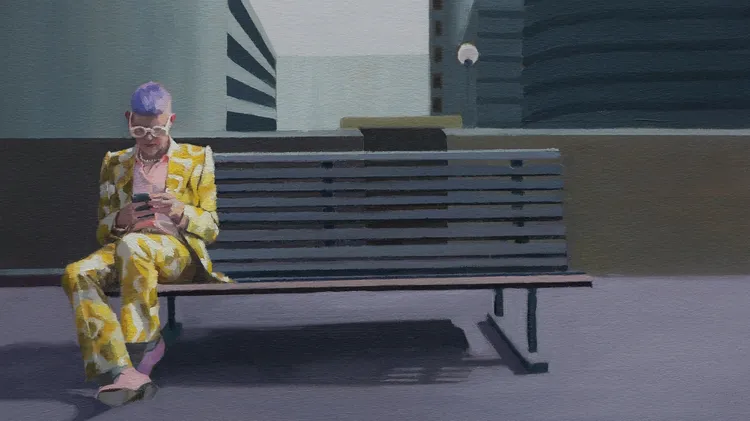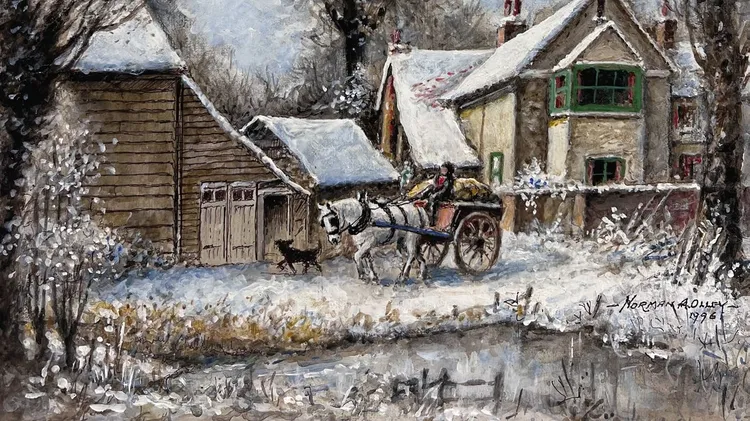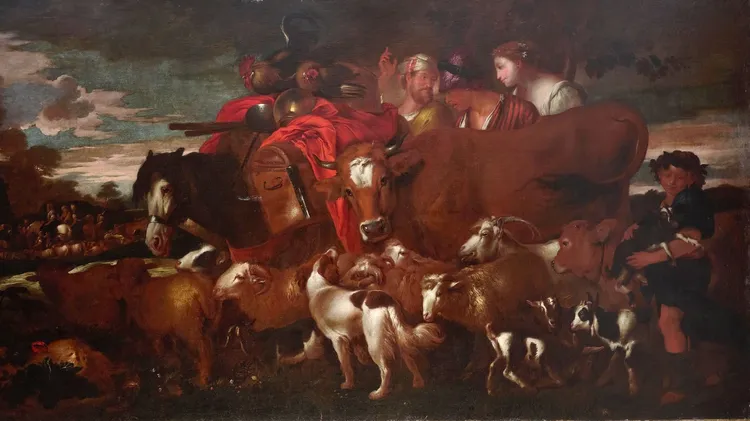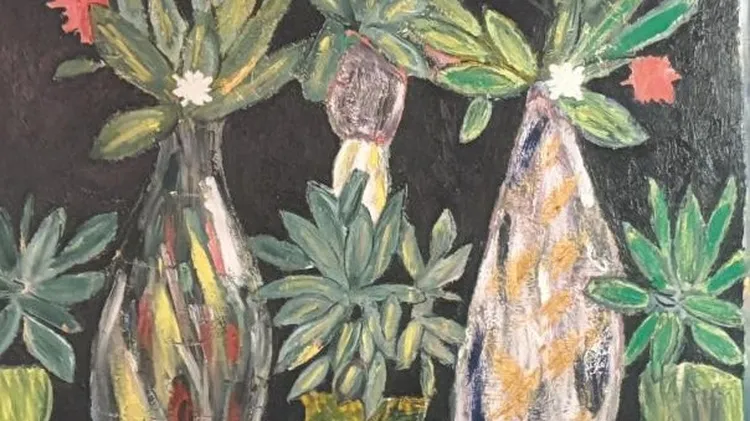Caroline Saunders talks to virtuoso artist Anthony Eyton OBE RA, who embraces th
In the moment
7 min read
This article is from...
Read this article and 8000+ more magazines and newspapers on Readly





